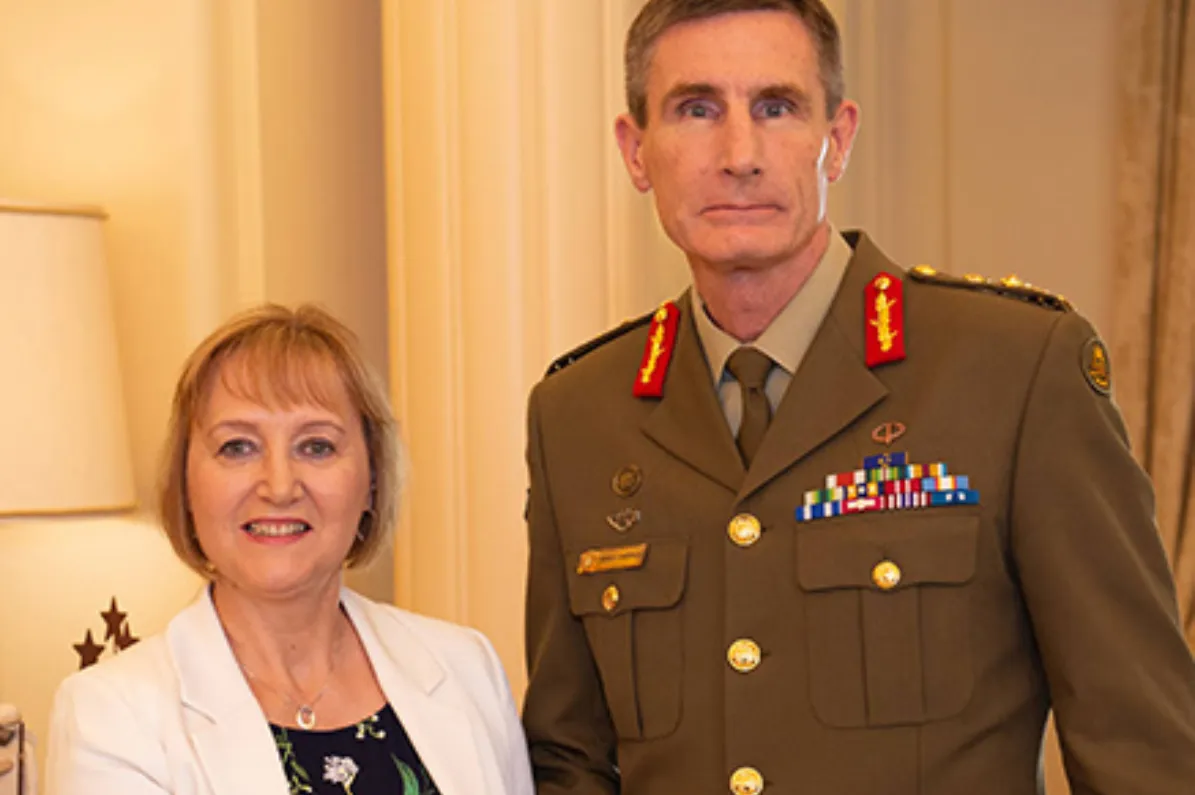The 2019 Spitfire Memorial Defence Fellowship was awarded to Dr Elena Sitnikova to conduct research on a cyber-physical approach to improve mission assurance for remotely operated aerial systems and aircraft payloads.
Dr Sitnikova is an internationally recognised leader in Critical Infrastructure Protection research, with particular expertise in complex systems and networks, the key areas of cyber-physical systems security and the Industrial Internet of Things (IIoT). She combines her expert knowledge and experience in cyber security, signals, control systems, systems and software engineering, with sophisticated approaches to quality assurance, and cyber security educational strategies.
Dr Sitnikova has worked extensively in the IT industry as a senior software engineer with the Motorola Australia Global Software Group. Prior to migrating to Australia, she worked for the space project Buran; the results of her research were implemented at "Energia"(The Russian Space Research Centre in Moscow, Russia).
As well as her academic position at UNSW Canberra at the Australian Defence Force Academy, she also holds the position of Adjunct Associate Professor in Electrical and Computer Engineering at the University of Alabama in Huntsville (UAH). As a UNSW PLuS Alliance Fellow she is expanding her research and education collaborations internationally with Arizona State University (USA) and King's College London (UK).
The modern networked Royal Australian Air Force (RAAF) operates multiple complex mission-critical systems including legacy systems interconnected by multi-dimensional communication systems. This complex integrated and networked system-of-systems must operate in an environment with diverse, growing and evolving cyber threats. Dr Sitnikova is is working on applications for improving the resilience of Air Force networked systems to cyber-attacks, essential for the new generation Air Force to meet the mission to "fly, fight and win - in air, space and cyberspace".
Unmanned Aerial Vehicles (UAVs) equipped with cameras are already being used for aerial viewing in agriculture, mining, building, and marine science, as well as in critical life-threatening situations such as sea rescues and bushfires.
The increasing prevalence of UAVs in the military and civilian sectors, has been accompanied by an increase in sophisticated malicious activities.
"If drone networks are hacked, there are many threats," Dr Sitnikova explained.
"Illegal reconnaissance allows scanning and probing of networks to collect information and execute malicious payloads to steal or corrupt UAV networks."
"Fake data flooding exploits and corrupts drones (UAVs) and their networks through Denial-of-Service (DoS) and Distributed-Denial-of-Service (DDoS) attacks."
"Both kinds of activities pose serious threats to Australia's air-force defence networks, so we need to address these challenges to protect UAV systems and their networks."
Dr Sitnikova's project helps the RAAF cyber security team to protect networks, data and information systems against advanced cyber-attack scenarios.
Her work advances a new resilient cyber-physical UAV Distributed Anomaly Detection (UAV-DAD) framework for detecting intrusive activities of UAVs, using the principle of anomaly-based detection to effectively recognise both existing and unknown attacks. This research, to be shared with the RAAF, will further the collaborative research and the proposed framework. The collaboration promotes greater awareness of cyber security in autonomous operations and related confidentiality-integrity-availability (CIA-triad) issues across the Australian Defence Force while providing guidance on how, through anomaly detection, to identify malicious attacks in ways that will make mission-critical systems resilient to cyber-attacks.


